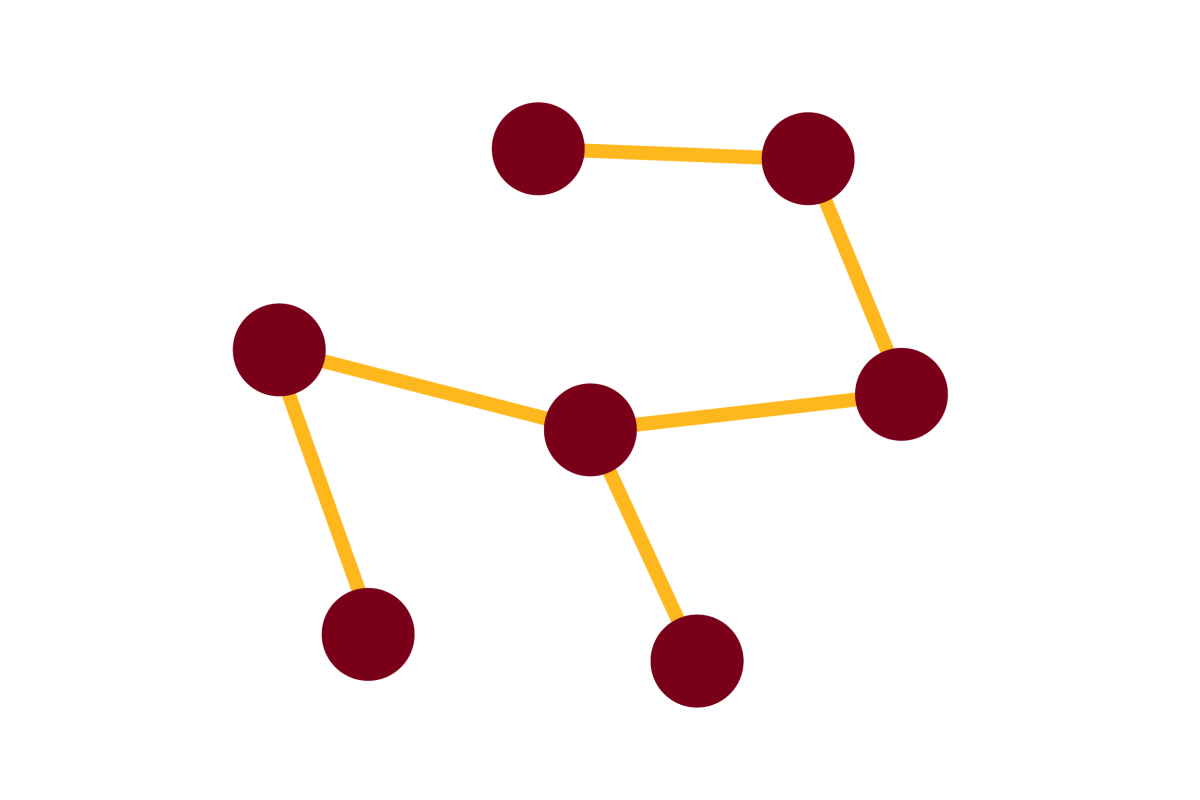EXO1 resection at G-quadruplex structures facilitates resolution and replication [journal]

Journal
Nucleic Acids Research - May 21, 2020
Authors
Susanna Stroik, Kevin Kurtz, Kevin Lin, Sergey Karachenets, Chad L Myers (professor), Anja-Katrin Bielinsky, Eric A Hendrickson
Abstract
G-quadruplexes represent unique roadblocks to DNA replication, which tends to stall at these secondary structures. Although G-quadruplexes can be found throughout the genome, telomeres, due to their G-richness, are particularly predisposed to forming these structures and thus represent difficult-to-replicate regions. Here, we demonstrate that exonuclease 1 (EXO1) plays a key role in the resolution of, and replication through, telomeric G-quadruplexes. When replication forks encounter G-quadruplexes, EXO1 resects the nascent DNA proximal to these structures to facilitate fork progression and faithful replication. In the absence of EXO1, forks accumulate at stabilized G-quadruplexes and ultimately collapse. These collapsed forks are preferentially repaired via error-prone end joining as depletion of EXO1 diverts repair away from error-free homology-dependent repair. Such aberrant repair leads to increased genomic instability, which is exacerbated at chromosome termini in the form of dysfunction and telomere loss.
Link to full paper
EXO1 resection at G-quadruplex structures facilitates resolution and replication
Keywords
computational biology, bioinformatics